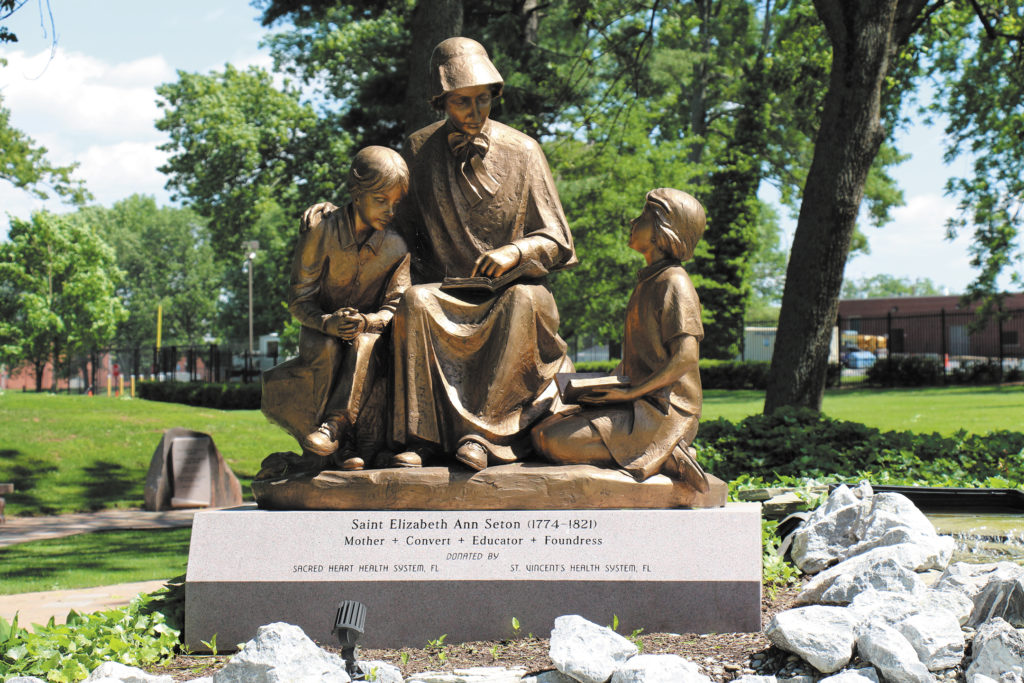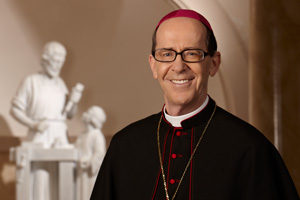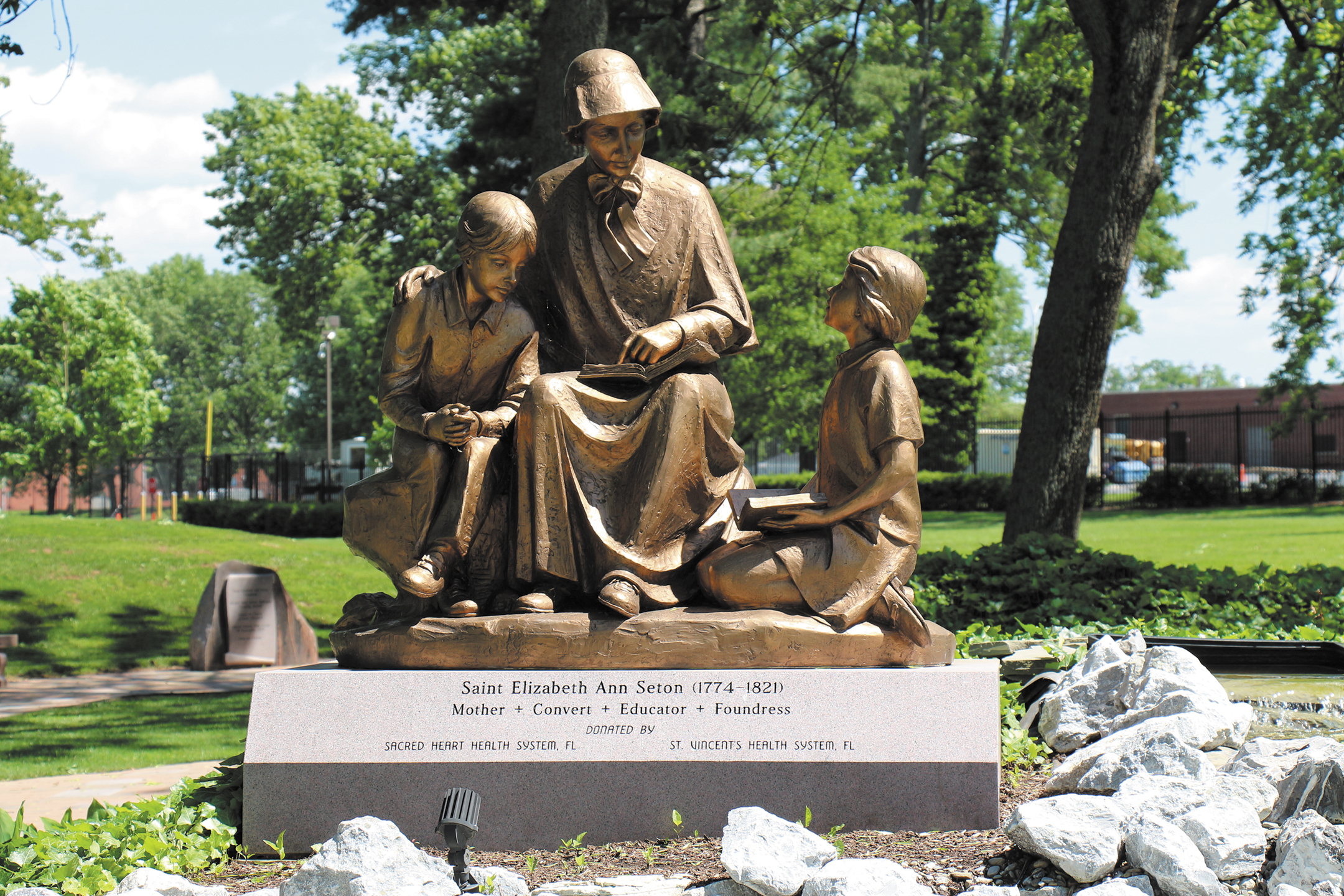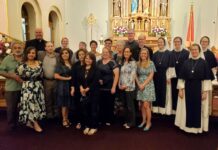
First in a series
She lived on Wall Street in New York, the daughter of a wealthy Anglican couple, the wife of a prominent businessman, the mother of five children; she was well educated, vivacious, talented in music and horsemanship, fluent in English and French, and well known in the high cultural circles of New York. Who could have guessed what would happen to her at the age of 31?

Actually, it began long before that. At the tender age of 3 her mother died, and her baby sister died a year later. She would say, some years afterwards, that these sorrows brought her a great blessing. They led her to see how life on earth is fleeting and that our true home is in heaven. Sorrows faced with prayer and faith planted seeds that would lead her closer to Christ and eventually into full communion with the Church.
When her husband’s business crashed and he contracted tuberculosis that, in a few years, claimed his life, Elizabeth Seton found herself widowed while still in her 20s, with her little children needing her love more than ever, and with little to no financial resources. In AD 1805, influenced by some friends and convinced that the fullness of the Christian faith was found in Catholicism, she was received into full communion in the Church at the age of 31. While she rejoiced in her newfound faith, especially in the Real Presence of Christ in the Eucharist and in the maternal intercession of the Blessed Virgin Mary, she grieved the misunderstanding she faced from many of her family and friends. Shortly thereafter, two of her little children died. Not many years later, one of her sons would also go astray and become a constant source of heartache and concern.
In all of these events, Elizabeth was like the Magi: what defined her was not material poverty, not the loss of friends and family, not even the things that broke her heart. What mattered to Elizabeth was finding the light of Christ and following Him by living the theological virtues of faith, hope and charity.
It is tempting to look on the Nativity scene and get overly sentimental, forgetting how harsh was the reality into which the Child Jesus came. We see, in crib scenes, the Magi dressed lavishly as kings, bringing gifts of gold, frankincense and myrrh; and can lose sight of the darkness and hardship that had dogged them for years and the longing in their hearts that moved them to follow the star. Elizabeth Seton, with the light of faith, saw beyond what the world sees and listened to the deep desire for God that He planted in her heart. Then, enlightened by God’s word and drawn by hunger for the Eucharist, she entered the Catholic Church. Not content to be a disciple, she set out at once to hand on that faith to others, beginning with her children and other little ones.
Three years after entering the Church, she began a Catholic School in Baltimore. In March of the following year, AD 1809, she professed vows as a religious sister and, with a handful of other young women, founded the first Religious Institute in America, known as the Sisters of Charity. By AD 1811, she had also founded the first Catholic orphanage in the United States. It is easy to see why she was called Mother Seton.
“The consecrated woman is mother,” Pope Francis told an assembly of Religious Sisters (May 8, 2013), “she must be a mother and not a ‘spinster!’ Excuse me if I speak this way, but this maternity, this fecundity of consecrated life is important! May this joy of spiritual fruitfulness animate your existence. Be mothers, as the figure of Mother Mary and of the Mother Church. Mary cannot be understood without her maternity; the Church cannot be understood without her maternity and you are icons of Mary and of the Church.”
Consecrated Life does not separate one from the anxieties and hardships of life. It draws the person closer to the Cross of Christ because it deepens one’s consecration to Him. Thus, it is the fruit of God’s superabundant love that enables one to be a servant and an instrument of that love for others.
During this Year of Consecrated Life, called by Pope Francis, I invite you to reflect with me on the lives of men and women whom God has called to serve Him in this way, persons of heroic virtue like Mother Seton, and men and women religious like those who serve here in the Diocese of Phoenix. Let us thank God for them and also keep them in our prayers.






![[VIDEO] Make Sunday feel like Sunday again](https://www.catholicsun.org/wp-content/uploads/2021/04/2021-YOUTUBE-BISHOP-MESSAGE-THUMBNAIL-ENGLISH-218x150.png)
